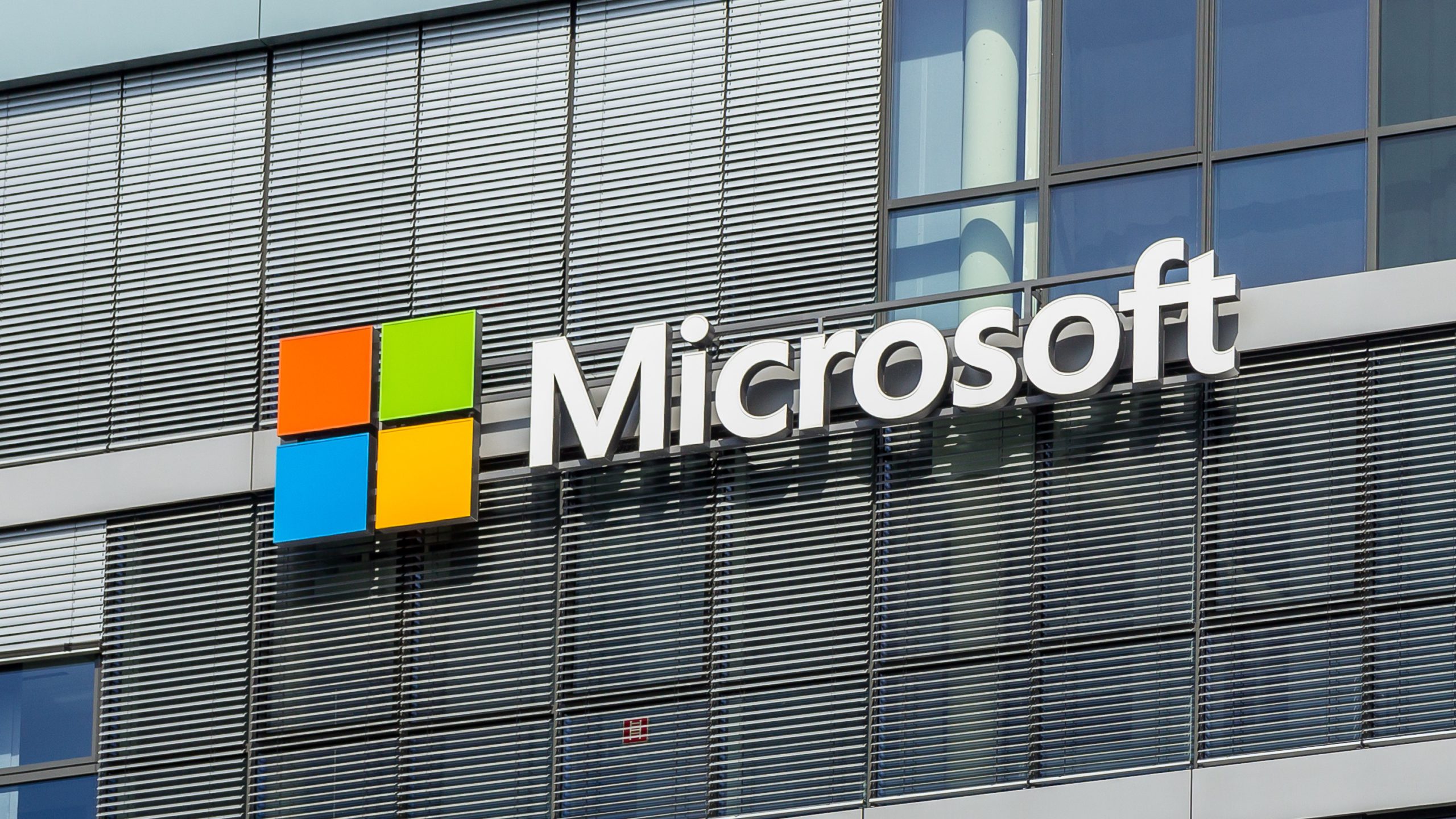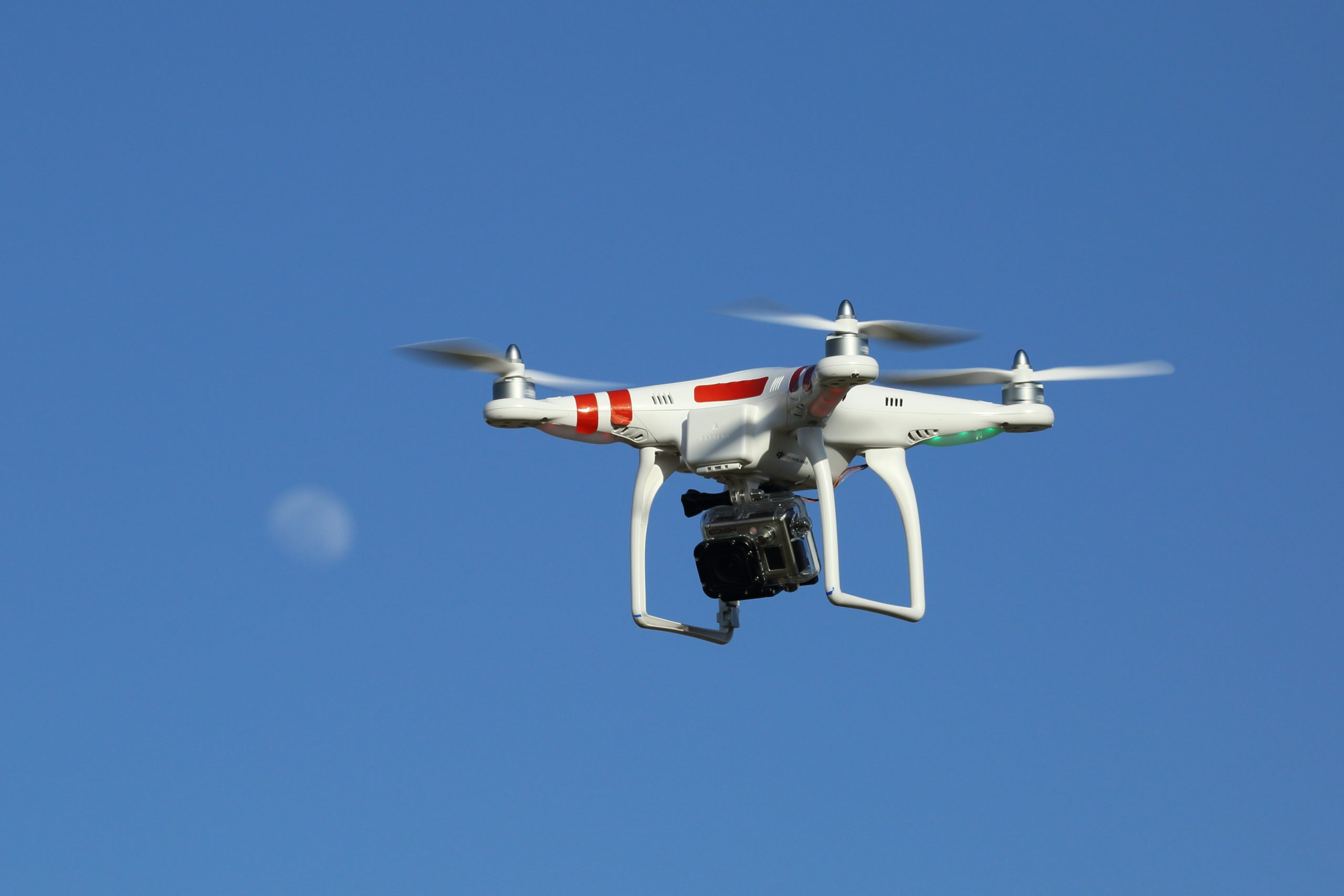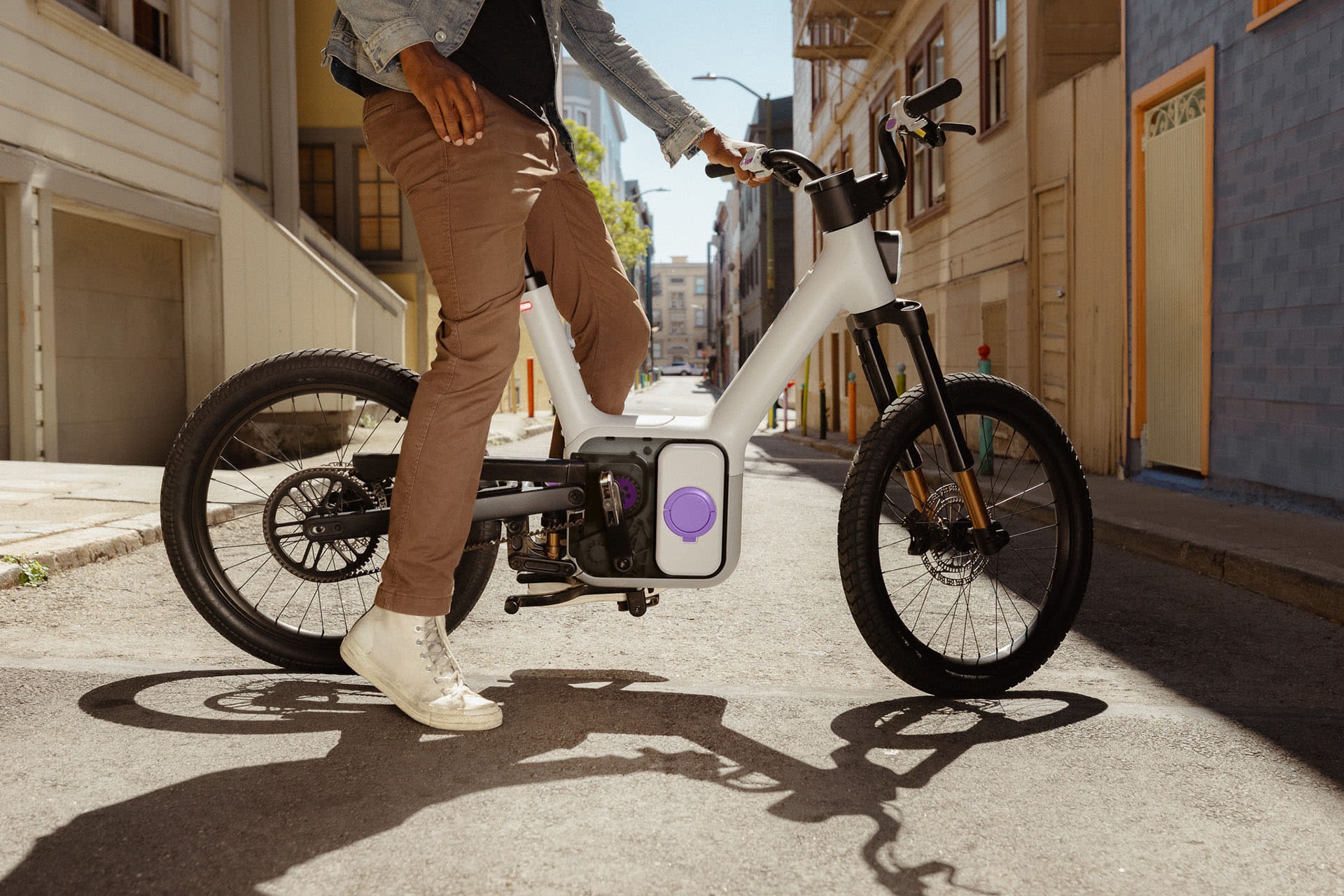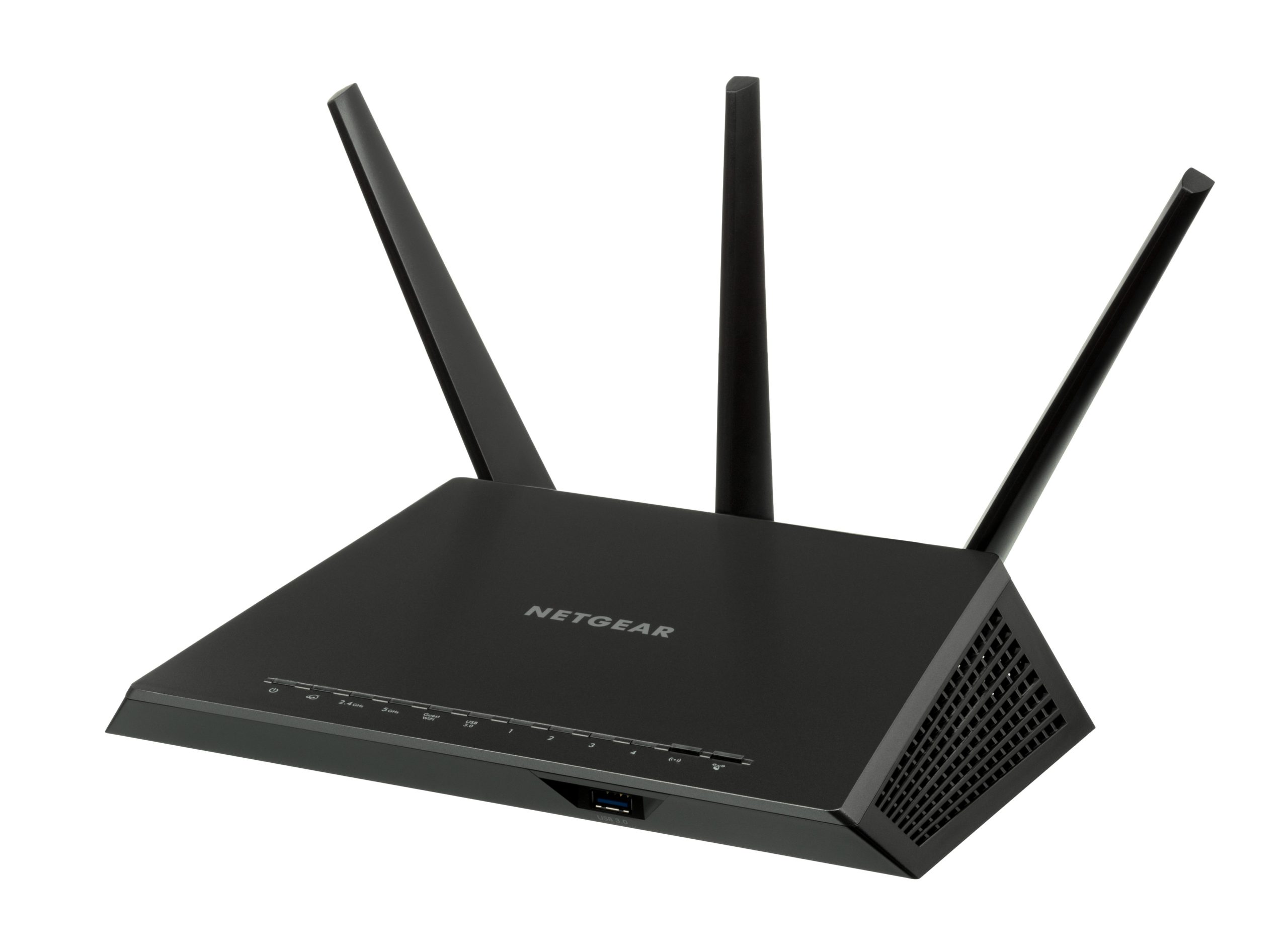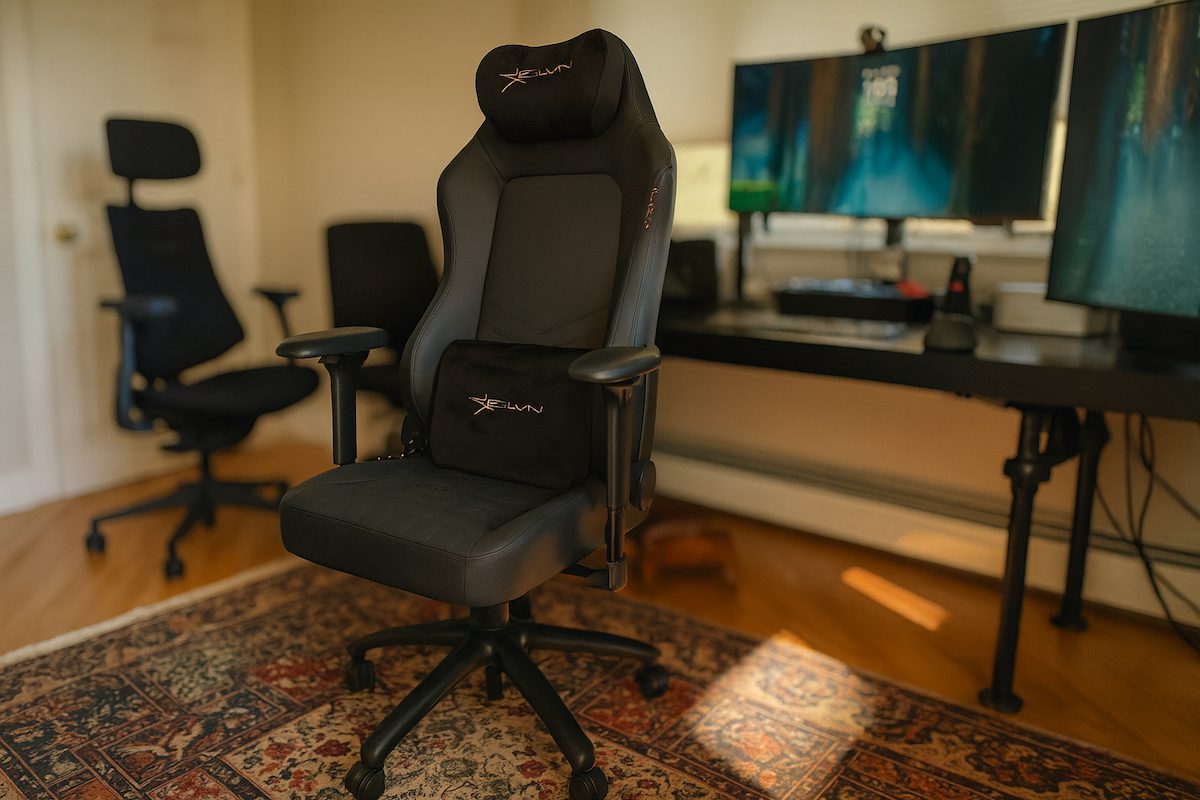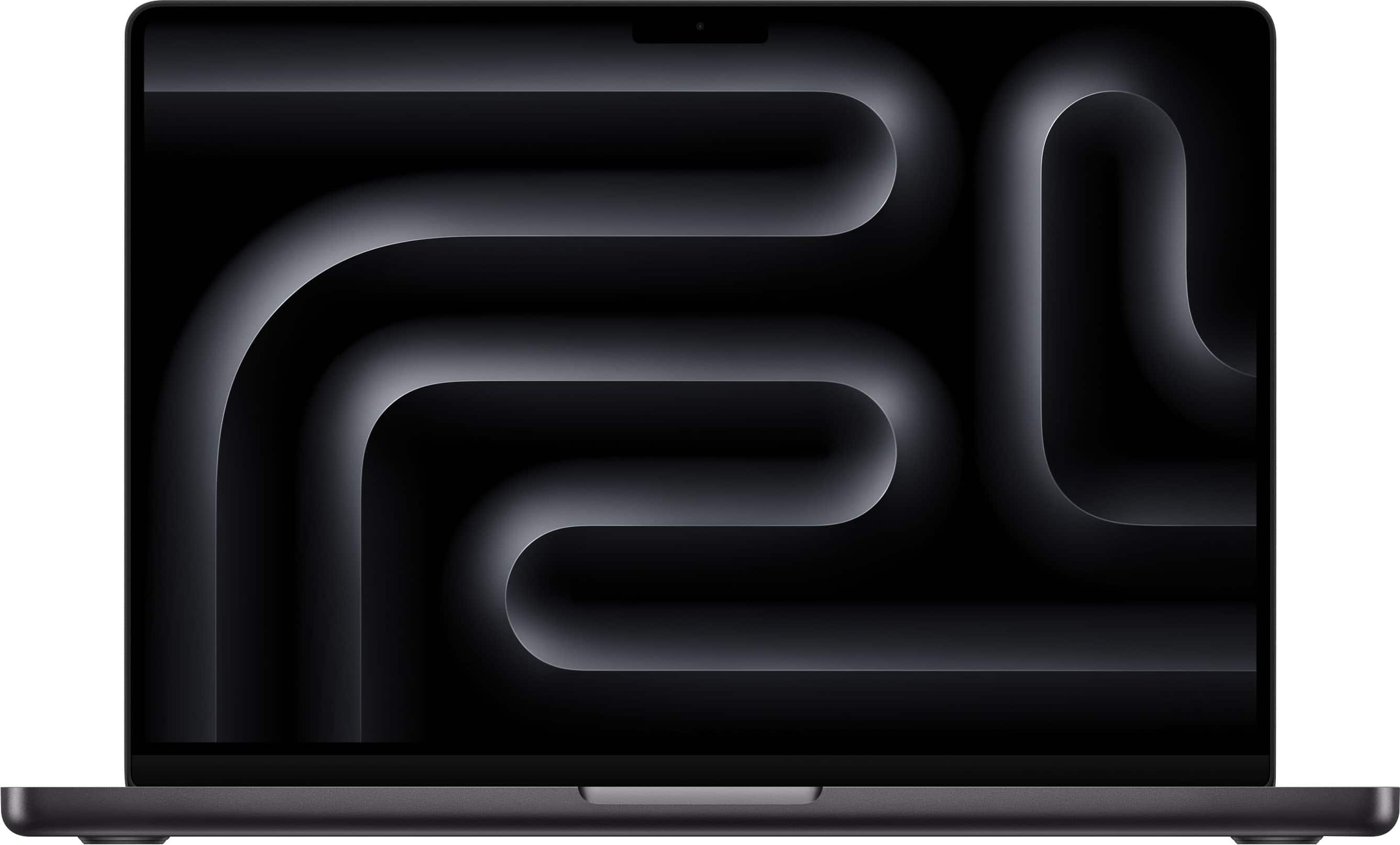Working from your kitchen table while your camera shows a suspiciously professional home office setup? Microsoft Teams is about to make that harder to pull off. Starting December 2025, according to Microsoft’s roadmap, the collaboration platform will automatically track whether you’re actually in the office by monitoring your connection to corporate Wi-Fi networks.
How the Digital Hall Monitor Works
Teams will update your location status without asking, based on which network you join.
The feature works like a workplace ankle monitor, but less obvious. When your device connects to approved office Wi-Fi, Teams automatically updates your status to show colleagues and managers that you’re physically present. No manual check-ins required—the system handles the reporting for you.
Unlike GPS tracking, which would be a privacy nightmare of epic proportions, Teams relies on:
- Wi-Fi network identification
- IP address verification
Your laptop recognizes the office network, Teams cross-references it with approved locations, and suddenly everyone knows exactly where you are.
Think of it as LinkedIn’s location feature, but with actual consequences for your performance review.
The Opt-Out Reality Check
Administrators control whether this surveillance becomes mandatory for your organization.
Here’s where corporate politics get interesting. The feature launches disabled by default, giving organizations the power to decide whether to enable automatic location tracking. Some companies might make it optional; others could mandate participation as part of their return-to-office push.
This setup puts employees in a familiar bind: you technically have a choice, but declining to participate might send its own message to management. It’s the workplace equivalent of “voluntary” after-hours team building—technically optional, practically required.
Privacy Boundaries in the Hybrid Era
Wi-Fi tracking represents a new frontier in acceptable workplace monitoring.
Microsoft positions this as transparency rather than surveillance, emphasizing operational efficiency over employee monitoring. The company isn’t tracking your exact location within buildings or monitoring personal devices—just confirming office presence through network connections.
Yet privacy advocates worry about the broader implications. Today it’s office Wi-Fi; tomorrow it could be more granular tracking of conference room visits or break duration.
The feature reflects how hybrid work has blurred traditional boundaries between personal privacy and corporate oversight, creating new expectations around location transparency that didn’t exist when everyone worked from the same building.
Your choice to enable this feature—assuming your company gives you one—might depend on whether you view workplace location as private information or operational necessity. Either way, the conversation about workplace monitoring just got a lot more complicated.


